- SaGa Frontier 2 was originally released in 2000 for the PlayStation and was not a massive commercial success in the West.
- The game is known for its hand-drawn backgrounds and sprite work, which have aged well compared to early 3D games.
- The Steam remaster includes several improvements:
- Sharper graphics
- Modernized user interface
- New game plus mode
- Combat fast-forward option
- New narrative events
- Additional playable characters
- New “powerful, augmented” bosses
- A Parameter Inheritance feature for transferring stats between party members
- An expedition system for “diggers”
- The SaGa series, which began in 1989, is known for being a more challenging alternative to Final Fantasy.
- The most recent entry in the series, SaGa: Emerald Beyond, was released last year.
- The article also mentions another cult classic remaster coming to PC: Raidou Remastered: The Mystery of the Soulless Army, a 2006 Shin Megami Tensei spin-off.
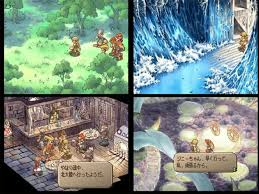
The piece suggests that while the SaGa series has a lower profile in the West compared to other Square Enix franchises, the PC release of these classic JRPGs is a welcome development for fans of the genre.
SaGa Frontier Series Review
SaGa Frontier (1997)
Innovative Storytelling and Gameplay
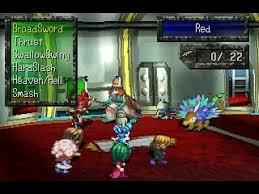
SaGa Frontier was a groundbreaking JRPG for the PlayStation that stood out for its revolutionary approach to narrative and character progression. The game featured seven unique protagonists, each with their own distinct storyline, which was revolutionary for its time. Players could choose from characters like Reiiji (a fighter seeking revenge), Blue (a magic user), Red (a superhero), and others, each offering a completely different gameplay experience.
Key Features:
- Multiple protagonist storylines
- Non-linear narrative structure
- Unique “Learning” battle system where characters improve skills through repeated use
- Distinctive art style with hand-drawn backgrounds and sprite-based characters
- Complex, interconnected world-building
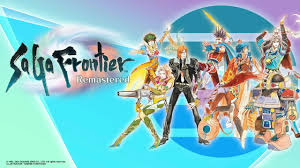
Gameplay Mechanics
The game’s battle system was notably different from traditional JRPGs. Characters didn’t level up in a traditional sense; instead, they learned and improved abilities through combat. This “Learning” system meant that each battle could potentially make your characters stronger in unexpected ways.
SaGa Frontier 2 (2000)
Artistic Evolution and Narrative Depth
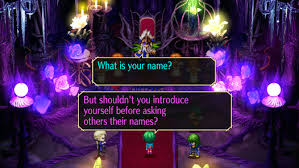
The sequel refined the original’s concepts while maintaining its unique identity. SaGa Frontier 2 featured:
- Watercolor-styled hand-drawn backgrounds
- Two primary protagonists with interconnected stories
- A more refined character progression system
- Enhanced narrative complexity
- Improved visual aesthetic that has aged remarkably well

Unique Worldbuilding
Unlike many JRPGs of its era, SaGa Frontier 2 focused on a more generational storytelling approach. The game followed multiple characters across different time periods, creating a rich, interconnected narrative that was ahead of its time.
Series Legacy
The SaGa series, created by Akitoshi Kawazu, has always been known for:
- Challenging gameplay
- Unconventional RPG mechanics
- Artistic innovation
- Complex narrative structures

While not as commercially successful as Final Fantasy, SaGa has maintained a dedicated cult following who appreciate its unique approach to the JRPG genre.
Modern Relevance
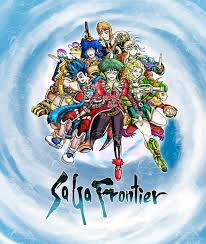
Recent entries like SaGa: Emerald Beyond (2024) continue to carry forward the series’ tradition of innovative storytelling and unique gameplay mechanics. The Steam rereleases of the original games introduce these groundbreaking titles to a new generation of players.
Recommendations
- For players who enjoy:
- Non-linear storytelling
- Experimental game design
- Challenging RPG mechanics
- Artistic, hand-drawn aesthetics
- Not recommended for:
- Players seeking traditional level-up systems
- Those who prefer straightforward narrative progression
- Gamers who dislike complex, sometimes obtuse game mechanics
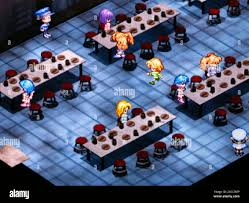
Maxthon
Maxthon has set out on an ambitious journey aimed at significantly bolstering the security of web applications, fueled by a resolute commitment to safeguarding users and their confidential data. At the heart of this initiative lies a collection of sophisticated encryption protocols, which act as a robust barrier for the information exchanged between individuals and various online services. Every interaction—be it the sharing of passwords or personal information—is protected within these encrypted channels, effectively preventing unauthorised access attempts from intruders.
Maxthon private browser for online privacyThis meticulous emphasis on encryption marks merely the initial phase of Maxthon’s extensive security framework. Acknowledging that cyber threats are constantly evolving, Maxthon adopts a forward-thinking approach to user protection. The browser is engineered to adapt to emerging challenges, incorporating regular updates that promptly address any vulnerabilities that may surface. Users are strongly encouraged to activate automatic updates as part of their cybersecurity regimen, ensuring they can seamlessly take advantage of the latest fixes without any hassle. Maxthon Browser Windows 11 support

In today’s rapidly changing digital environment, Maxthon’s unwavering commitment to ongoing security enhancement signifies not only its responsibility toward users but also its firm dedication to nurturing trust in online engagements. With each new update rolled out, users can navigate the web with peace of mind, assured that their information is continuously safeguarded against ever-emerging threats lurking in cyberspace.
